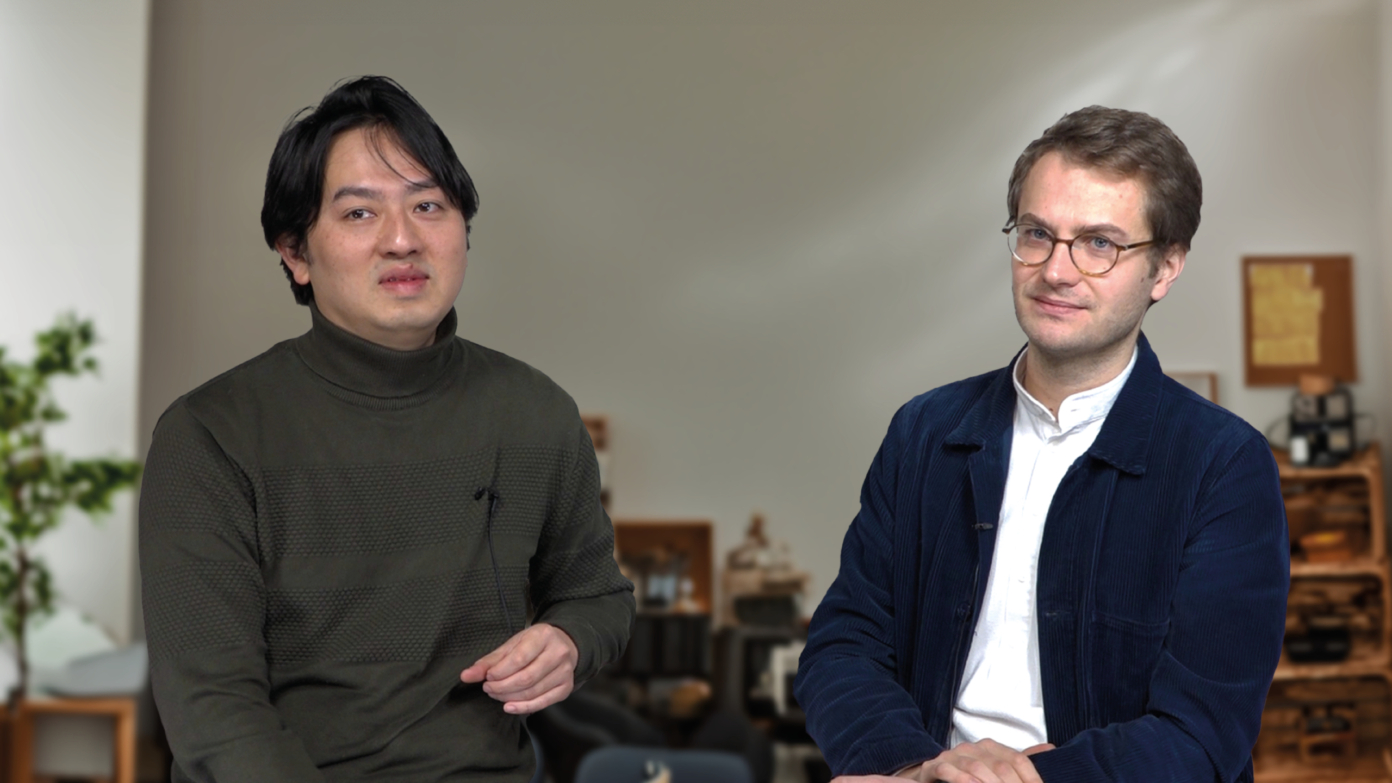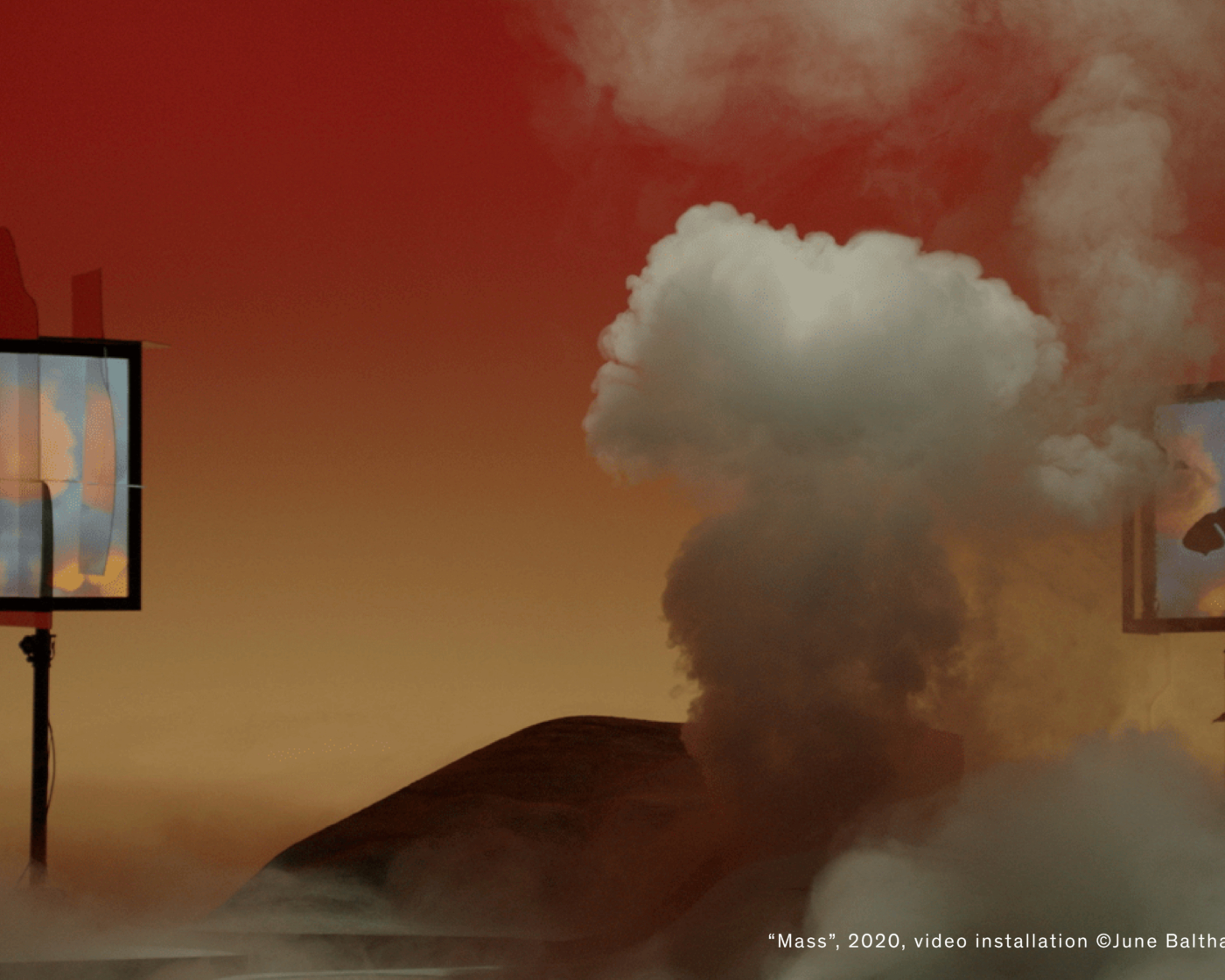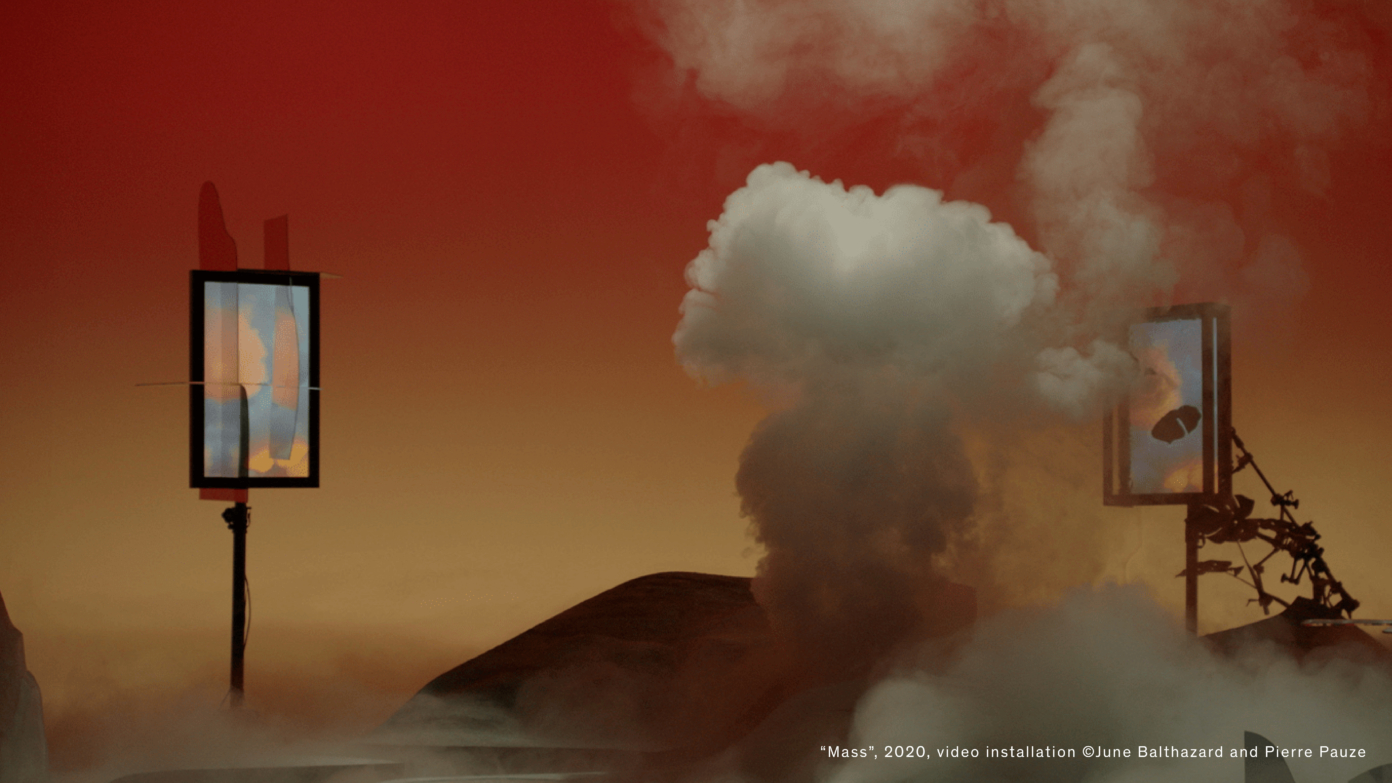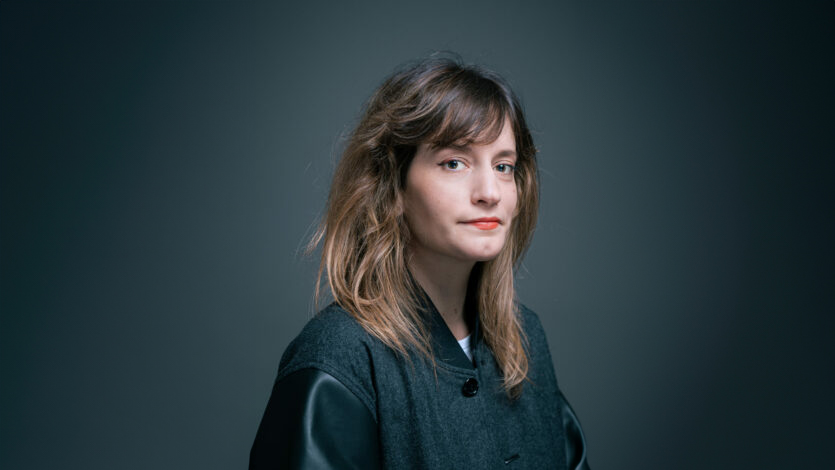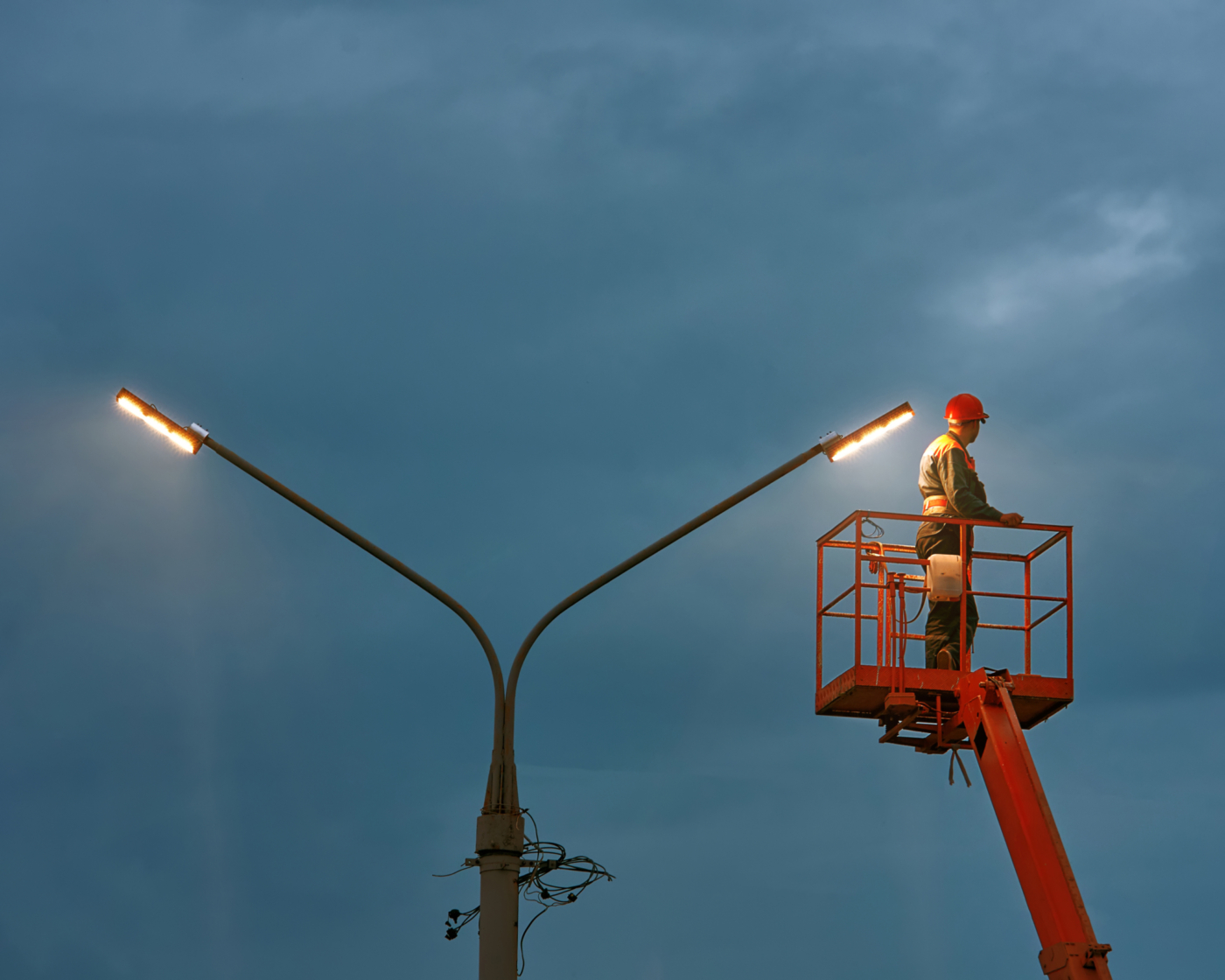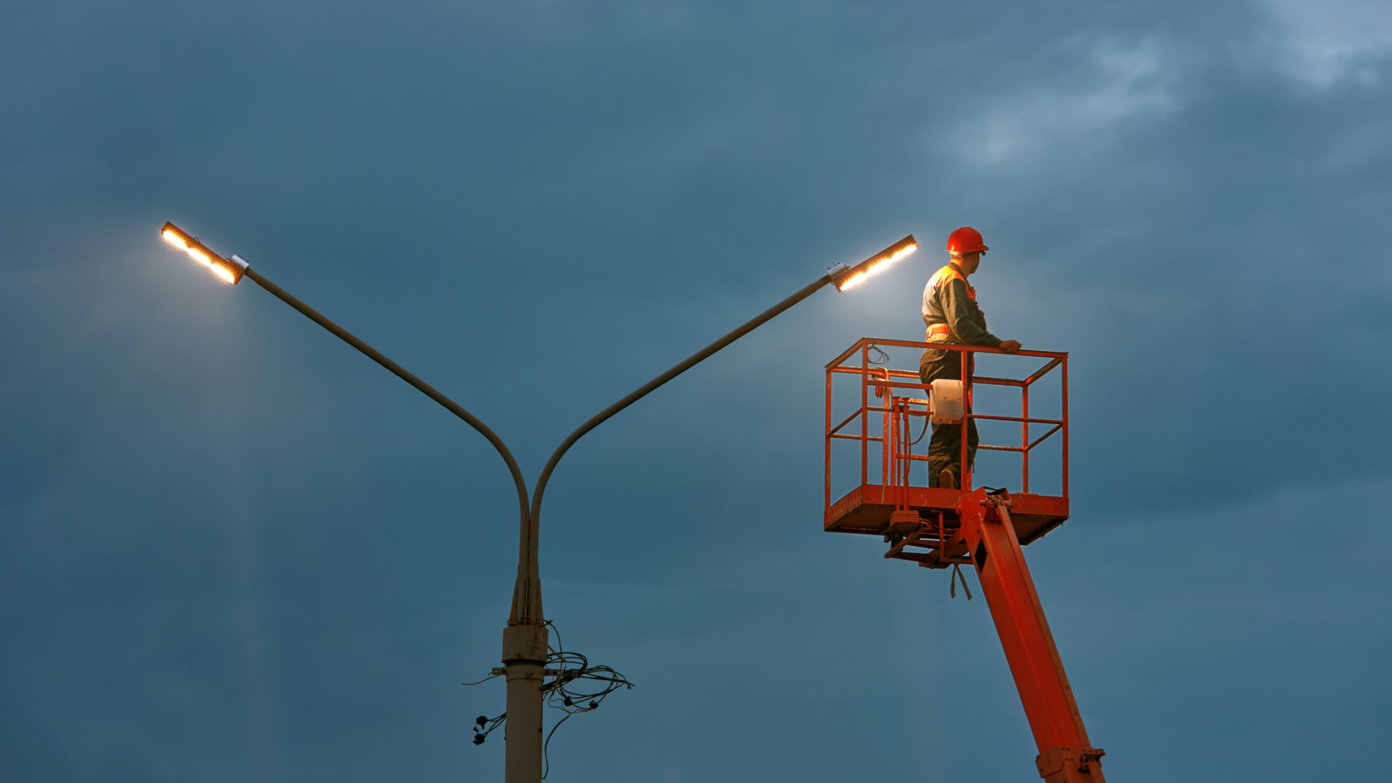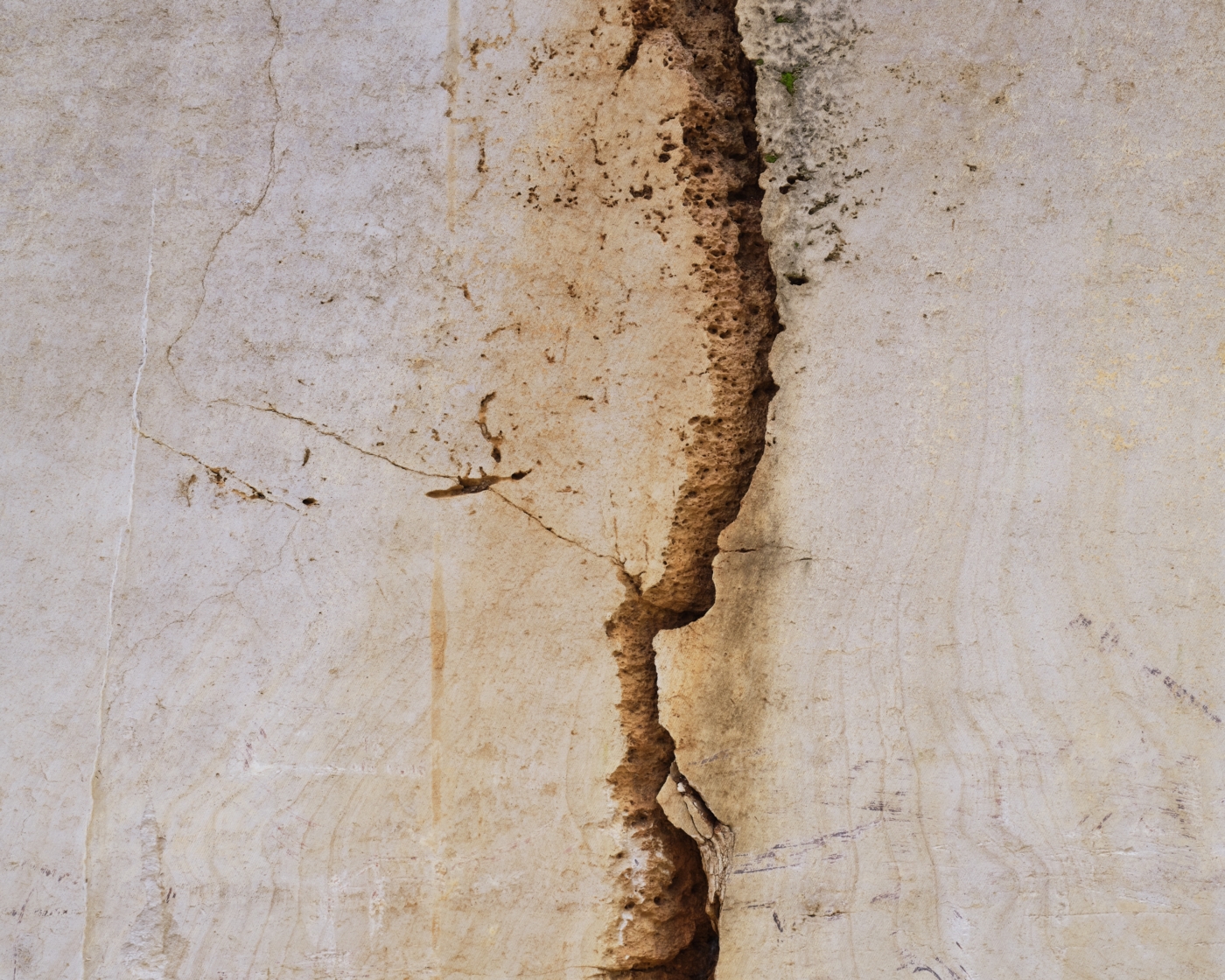Inhabiting the World
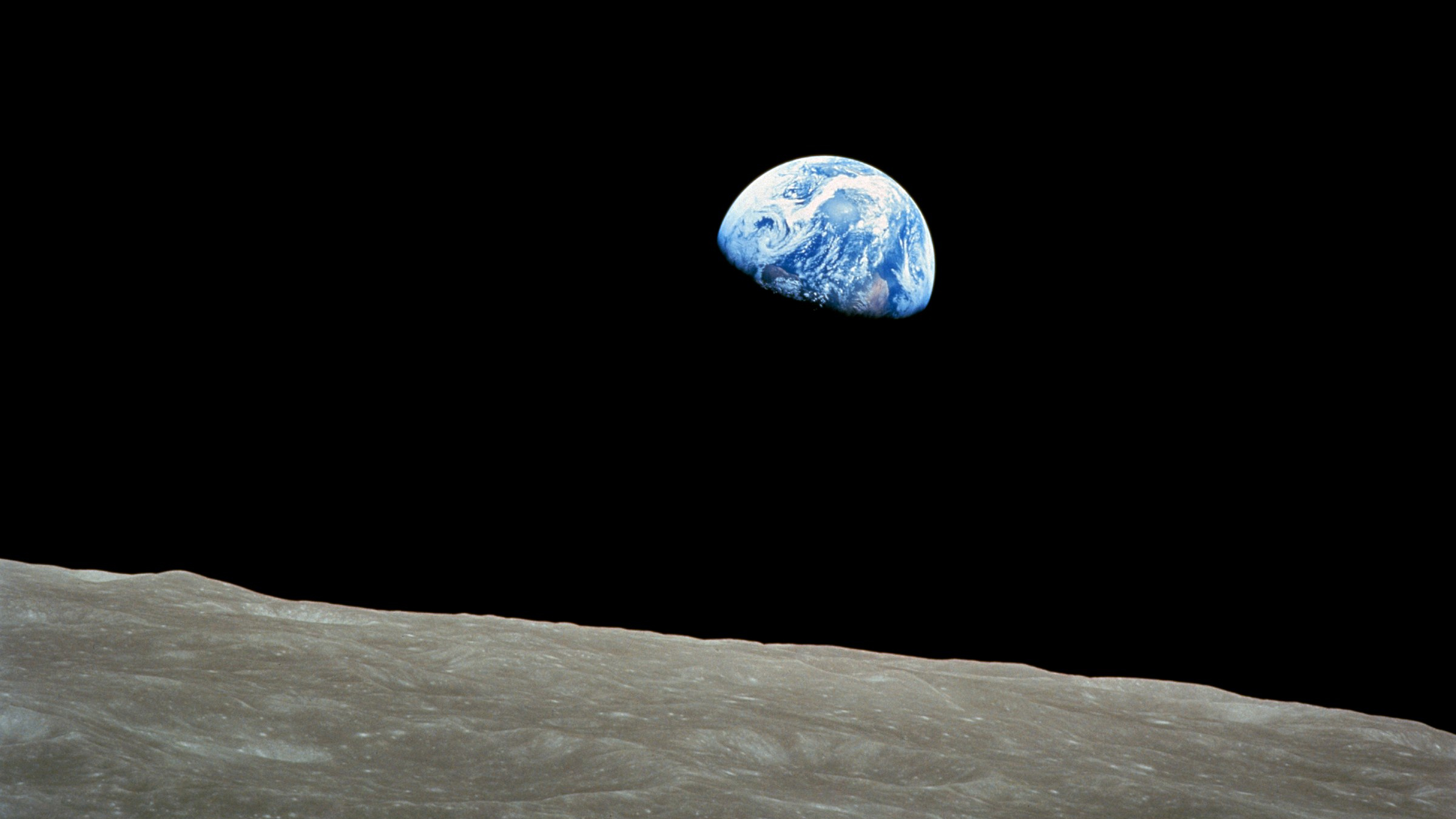
- Publish On 19 April 2017
- Michel Lussault
The year 1972 probably stands as a watershed in human history given that with Blue Marble, a photo taken by Apollo 12, humanity was able to contemplate for the first time the outer boundaries of its territory, completing the cycle of the conquest of the planet initiated by modernity. Yet also, with the publication of the Limits to Growth report, it realized what the adverse consequences of this continuous conquest were. For Stream, the geographer Michel Lussault reflects on the urban revolution and exposes how much it modifies our way of inhabiting the Earth, the World with a capital “W”, as if to signify this new human condition, before proposing an approach of cities in terms of spatialities rather than spaces, in an effort to better address the challenges of the urban revolution.
Michel Lussault is a geographer, professor at ENS Lyon, and director of the Institut Français d’Éducation. He is also the president of the architectural center Arc-en-Rêve in Bordeaux.
Urban revolution
More than a simple adaptation or economic downturn, the current period is one of transformation. For this reason, I have been using the concept of the World with a capital W, insisting on the fact that what we are currently living did not exist fifty years ago. We have committed ourselves to a relatively long course of action; the temporality of human processes is multi-generational. Things don’t just change completely in five or ten years, even if today technological innovation happens faster than ever. For example, neither tablet computers nor smartphones existed at the turn of the century, and yet they have completely changed our cultures and lifestyles.
This general movement will span over the course of a century (1950–2050), with phases of acceleration. Over this brief period—on the scale of humanity—we will experience an urban revolution that some see as being as significant as the Neolithic or industrial revolutions, times during which people’s lifestyles and their entire systems of cultural reference were turned upside down, subverted, reconstructed, and reinvented in the evolution of societies themselves. The current period is striking in that its effects of acceleration and irreversibility are spectacular.
Some obsess over the idea that human habitation should be more “respectful” of the “natural” environment, or believe that we can erase or cancel the urban revolution and its facets and accomplishments; I am not among them. Certain phenomena have become permanently embedded in our cultures and societies: I do not see how people would ever renounce individualism, mobility, and telecommunications; nor do I see how they would renounce using the increasingly powerful and numerous technical—almost prosthetic—artifacts, or abandon their aspiration for better health. Those who dream of returning to our origins—of cities that resemble the quiet, calm towns of yesteryear—are mistaken. They are reactionaries in the strictest sense of the word. The real issue at hand is to create cultures that fit with this transformation, because the urban revolution has come before our ways of thinking of and defining it, and before the intellectual, cultural, and political frameworks through which we try to make sense of it. It seems to me that any activity of thought, science, or creation relating to the urban must stem from there.
I speak about urban “revolution” as a way of including it in those moments that have defined human society, in which new ways of inhabiting the Earth have been put in place, such as the Neolithic era when the relationship to resource production underwent radical upheaval. Moreover, the Anthropocene era most likely emerged from the Neolithic era onwards, when people had already begun intervening in the ecosystem. Several thousand years before the Common Era, with geographical conditions drastically different from ours, and with groups of people dispersed but already in communication with one another, human societies began to rear livestock and establish agriculture in India, the Middle East, and in Southern Europe. In so doing, they left behind a time when hunting, gathering, and predation were the only ways to ensure subsistence. Accumulation and reproduction were thereafter possible, which leads me to believe that this was already the Anthropocene, with the onset of the ability for humans to master the ecosystem. It was the beginning of towns; perhaps not of the urban in the way we think of it, but already of the city.
The Industrial Revolution (1750–1850) also set up new ways of living, with industrial cities, the rise of new modes of production, and the urban revolution that we are experiencing today. What I have been trying to show is that contemporary urbanity is not simply a slightly larger version of the industrial city, and that it necessitates different conceptual tools than those of the previous era. Industrial urbanism and architecture are no longer fit to deal with the issues at hand; we must find new languages and practices that are adapted to our new ways of living on the planet.
What is strange is that we are the ones who have initiated this revolution. It has come from nowhere else but from our own actions, as humans on the planet Earth. It has not been directed by a small circle of initiates, despite what the numerous legends and rudimentary volumes on the subject would have us believe. We have organized it, and it has come to overtake us, to the point that we now chase after our own creation. A first impulse is to look to the inherited intellectual, scientific, and methodological corpus in order to explore this new situation, but we can clearly see that these do not work any more. This is why I am no longer convinced that the notion of “cities” is sufficient for discussing urban contemporaneity.
Spatialities
Another problem is our tendency to think of cities in terms of their spaces, although it seems to me more relevant to think of their spatialities, their usages. Social and architectural theory provide us with rather formal approaches, and urban design often leans towards systematization, in the assumption that problems can be solved by producing new forms. I am for the production of form, but in the service of an intelligence of usage and of spatiality—not the reverse.
The main part of this urban transformation still lies ahead. Yet when when seventy-five percent of the global population is urbanized, we will have entered a different stage, one in which we will no longer be at the beginning of urbanization, but rather, in a period of stabilization of our urban configurations. This will beg new questions. What has changed most today is our relationship to space-time. Spatialities are our ways of “making do” with spaces and times. Fifteen years ago, I may not have couched it in those terms—proof that things change quickly. What is the most subversive, and the most staggering, is the spread of what I call hyper-spatiality: the principle of connection between all places and points that has arisen with the generalized spread of telecommunications. It is only the beginning, but hyper-spatiality is already in the throes of altering our relationship to spaces and times to an extent that we are still unable to imagine. This is an extremely sensitive position: we are in an process of almost constant experimentation, where we have little opportunity to consolidate. At any point, while we are trying to deal with a situation through the use of a prototype and experimentation, something else comes up and sends us a bit off track. Not much further, but away from what we have experienced. Hyper-spatiality goes along with the constitution of another space, a beyond-space, one of electronic networks. Each day it becomes a little more separate, and thus, it also becomes the platform for specific forms of spatiality. We are facing something radically new, and in my opinion we are short of fresh ideas to deal with it. Certain academics will tell you about the responses that ancient Greek philosophers have provided. I would be happy to do the same, but I do not believe that will solve everything, and some of the most stimulating contemporary thinkers (particularly when addressing the field of telecommunications) are willing to say, “We do not know much at all; we must try to invent new tools to explore this.”
I try, for example, no longer to differentiate between “virtual space” and “real space”, or at least, to use the term “virtual space” in a very particular way. I prefer to say that spatial realities can take on different aspects and/or registers. Spatial realities linked to immaterial networks are just as “real” as material spatial realities. The old dichotomy between real and virtual is no longer applicable, to such an extent that, in certain conditions, there seems to be an inversion between material space and networked space, and the material space appears even more “virtual” than the networked space. We have to accept that we live in a world in which, having taken into account the conditions of habitation, spaces of different registers are continually being invented, each just as real and tangible as the last. That is why I have always said that, in our world, the number of spaces infinitely increases—something that people have trouble understanding. Contrary to what people say, space is not finite. Moreover, what is fascinating is the way in which human societies create artifacts and techniques to increase the number of possible experiential spaces, be they in material or immaterial registers. This point of view leads us to something more stimulating than the simple opposition between the virtual and the real. In the end, what interests me as a “hyperrealist” is the central point that all forms of experience lead us to confront spatial reality, and experience. My theorizations of spatiality stem from reflections on the notions of experience and trial, and situations of spatial testing.
Electronic spatiality
Electronic technology enables new dimensions which extend urban space. When walking down the street we experience material space—the one we considered as “real” just a short while ago—but we only need to take a call via FaceTime or Skype, or use a smartphone to get directions and/or information, and lo and behold we have an experience that combines the immateriality of networks. Drawing clear boundaries between spaces has become more and more difficult today, which leads to complex questions. That is why experiential approaches must be privileged, and the different registers of reality in which we come across such experiences must be recognized.
So as to understand this complex reality, I think we need an anthropology of inhabited spaces. This approach prevents us from favoring one particular interpretation or reading, and allows us to observe and render intelligible these composite spatial experiences that bring us into contact with hybrid realities that, strictly speaking, remain un-thought of in our time because they are as yet unthinkable. If Google does indeed manage to put its augmented reality glasses on the market, we will have a tool that is capable of adding information to the real at the same time as collecting and producing it—something that could go further than we think.
As usual, we end up running after what we have launched. One could almost invent a word in between experiment and experience: a verb like “experimence,” which would highlight the fact that we have been thrust into a combination of different registers of reality. From that perspective, every act is an adventure, and that domain of experience would include different moments of experimentation—from trial-and-error to prototyping—in order to try out new things. Spatiality is thus an amalgam of experiences, routines, reproductions, experiments, inventions, intuitions, sensorialities, and interactions with others that are more and less mediated by language. The notion of “experimence” would take all that into account. It is spatiality, a making-with-space in all its dimensions and registers and in interaction with others, which would include a significant amount of deliberate experimentation as such. We are facing a number of situations that are absolutely, radically, and essentially new, and which must be considered as a pioneering frontier to the research on urban spatiality.
So as to organize this study in a practical way, I have thought a lot about passageways—that is, entrances, airlocks, transition chambers, and clearings—forms of what I call trans-spatiality; waiting. Currently, I am working on the hybridization of an increasing number of spatial registers, digital spatialities of sorts, and in particular, on the manner in which new instruments (social networks and web applications) constitute manners of producing, collecting, assembling, and diffusing data and spatial information over the course of the spatial act, both in service of it and in the desire to share things with other spatial actors.
Complexity
Two things must be said as regards complexity: it is—and has always been—inherent to human life. We may have discovered it as a discipline just some time ago, but I am not sure that humans two thousand years ago were any less complex than they are today. Each and every day, we see that living beings are astoundingly complex. I believe this has always been the case. Perhaps it is our ways of knowing that have not always been the same, as we have always attempted to simplify the real. What is probably new, however, is that complexity today is a complexity “with an exponent,” as Vladimir Jankélévitch puts it. Some mistakenly consider him to be out of date because he is a moral philosopher, but his insight here is well-formulated: what we live is not so much the complexity of each object, or even each reality, but rather, the fact that urbanization links them together, even hyper-links them; a cumulative sort of linkage that puts each reality into a whole all other realities—a sort of widespread system-effect that creates this exhibited complexity. Loosely speaking, each element of complexity is increased by the power of N due to the systematization of its linkages. That is undoubtedly an effect of urban globalization. It is new, and it brings us to important geographical questions, in particular, of the affirmation that we must rethink the relationship between local and locality in the present day. Miguel Torga intuitively remarked upon this when he said that “the local is the global without walls.” However, he should have said that “the local is the global without walls but with systems of linkages.” The global is no longer simply an envelope or a container, but a system of linkages that makes this complexity with an exponent characteristic of the world itself.
The local is not just the smallest scalar component that we can identify, but also, something that from the outset is linked to the other scales. It is a fundamental characteristic of spatiality and contemporary manners of inhabiting space. Rethinking the local in this way is of considerable importance as the local is part and parcel with this “complexity with an exponent.”
Living beings
The notion of living beings is so vast that it is hard to know where to begin. There is indeed a progression of metaphors on symbiosis, metabolism (the symbio-city, the metabolic city, and the like), cells, and living organisms. The topic is not a new one per se, as hygienism had already thought of the industrial city as a living being, for example. Engineers based the model of urban circulation on Harvey’s seventeenth-century model of blood circulation. It was always there, but we have also lived through industrial and post-industrial periods that have first given rise to the metaphor of the city-as-machine, which is not the same thing. The system-city and the cybernetic city metaphors followed suit. Must we consider the urban contemporary, this urban revolution that we have been speaking of here, in terms of the living, most notably in light of the fact that biology has shown us extraordinary forms of “complexity with an exponent,” to the point of making it a model? Personally, I can entertain the idea, but I am far from convinced of it. Why? Because the urban is made of living beings but also a significant number of artifacts, a large number of non-living elements in the most basic biological and physical sense. There are inert things, non-living matter, and technical artifacts that are not part of the living, and which are increasingly part of hybrid systems.
If the science of cybernetics and cyborgs continues to progress, there will be hybrid forms of both living and non-living matter. The single metaphor of living things is not sufficient to account for that. The most essential characteristic of urbanity is exactly that aspect of being closer to a cyborg than to living matter. Thierry Hoquet’s work on the philosophy of cyborgs is particularly interesting, as is Donna Haraway’s, in which contemporary urban organizations systematize things with cumulative “complexity with an exponent,” as they are part of a living order. Things then take on a new level of complexity that goes beyond that. That is what the system is made of. Metaphors strictly from the biological world do not suffice to explain this reality.
We must be careful of engineers and scientists who think that we can understand the entirety of complex phenomena from calculations and big data. This is currently well out of our reach, especially on a global scale. I strongly advocate for the recognition that no single model can explain our urban reality in a satisfactory way—even less when we consider that such models are not comprehensible without the addition of individual qualitative spatial experiences. It goes beyond the observer or the analyst. The only thing we can do to render the urban contemporary intelligible is to be able to maintain not a model but a mega-theory, which is not the same thing. By definition, there are gaps in a mega-theory; it has a cohesive narrative and is intelligible overall, but as soon as we begin to peel it open the cracks begin to appear. Its purpose is not to perfectly and pertinently simulate a manner of functioning, but rather, to make intelligible a number of larger operations, orientations, and guiding principles. It seems to me that this mega-theory must be worked on, and re-worked—I am indeed working on it, and I think that it will stand up to the task—but I do not think it will resolve everything. At the same time, we must adhere to the observation of situations of spatial experience, from which we will be able to glean information, to collect facts that we want to understand. Perhaps they will be comprehensible by models, but the models will not likely converge, and will not necessarily be able to integrate everything. We will have to admit that there is a plurality of useable models. Utopia lies in attempting to get the mega-theory and the situational models to fit together.
(This article was published in Stream 03 in 2014.)


